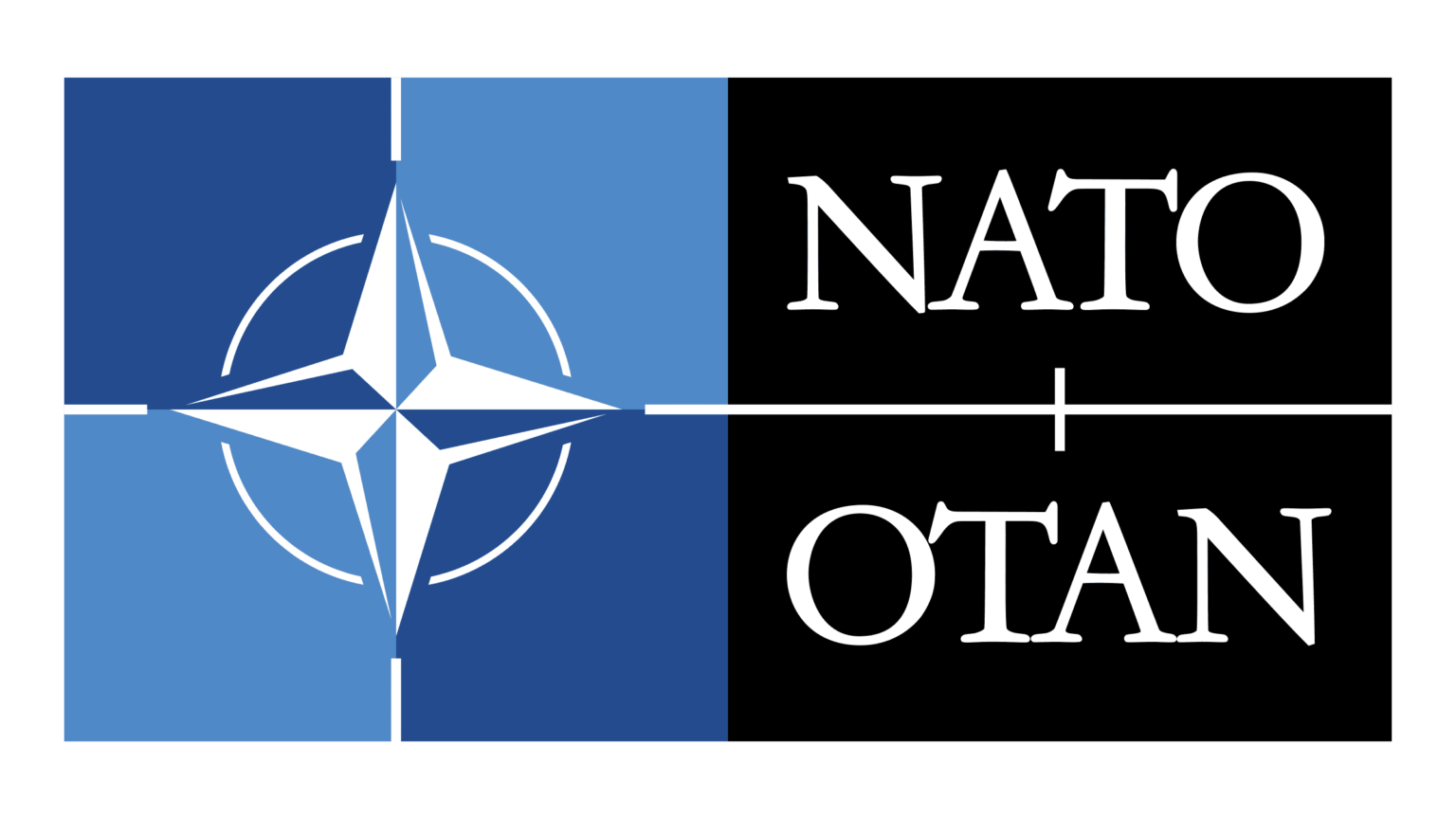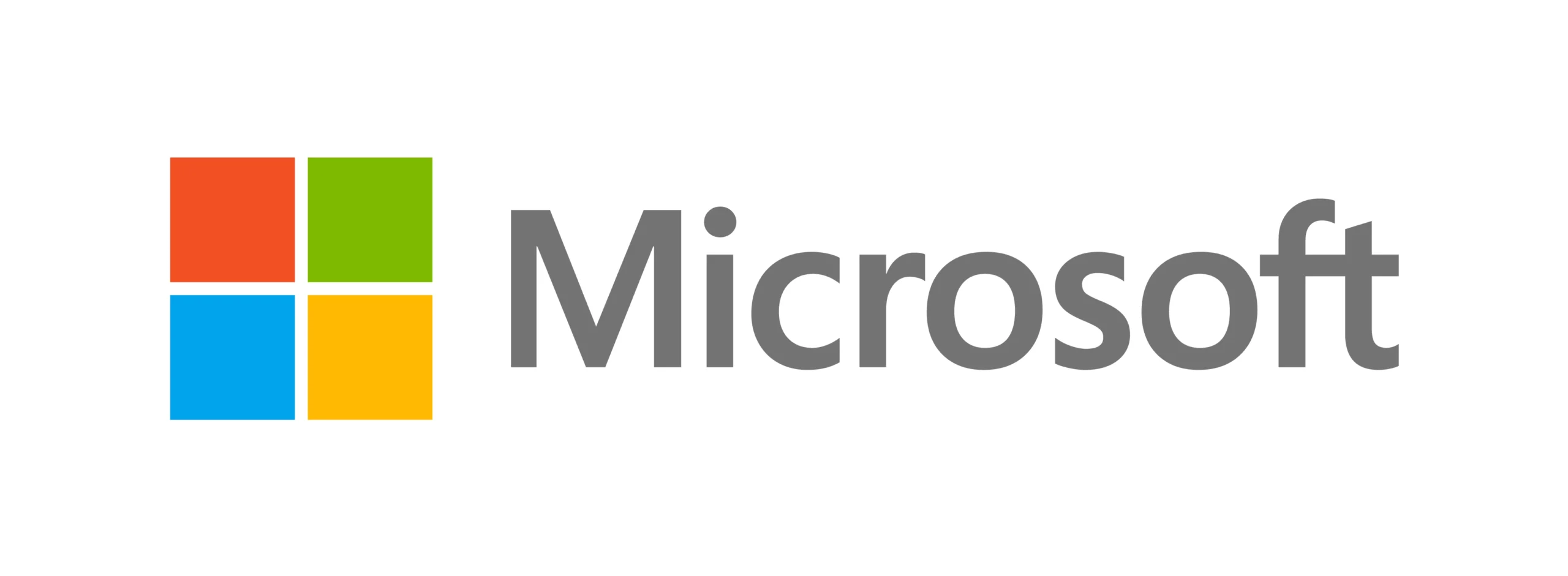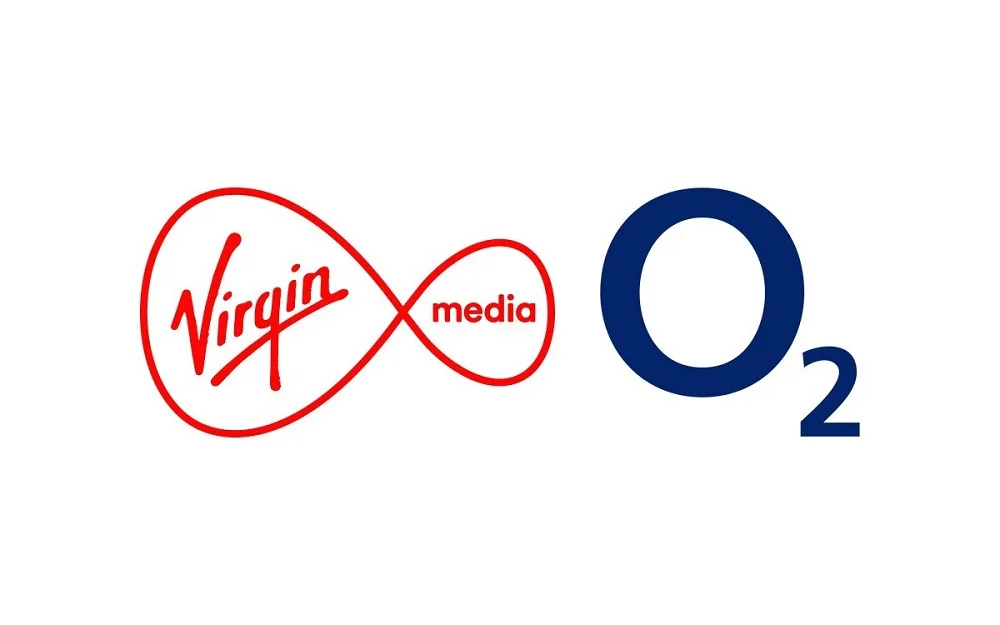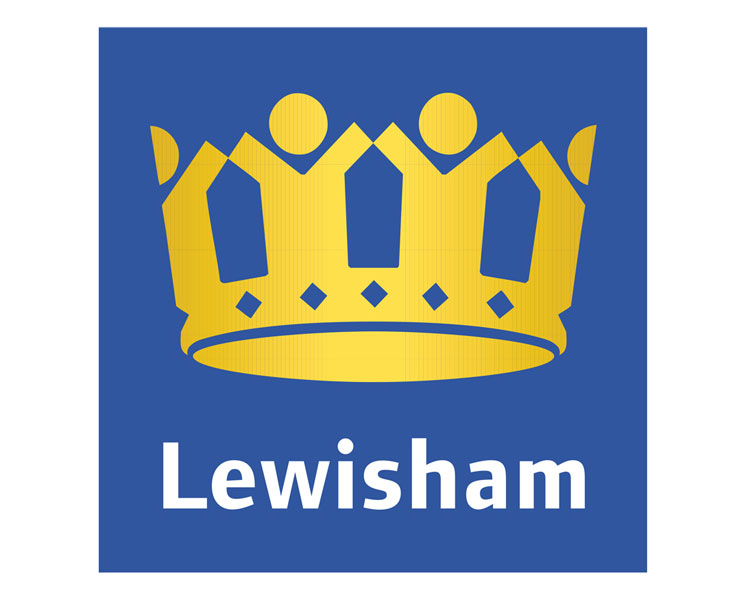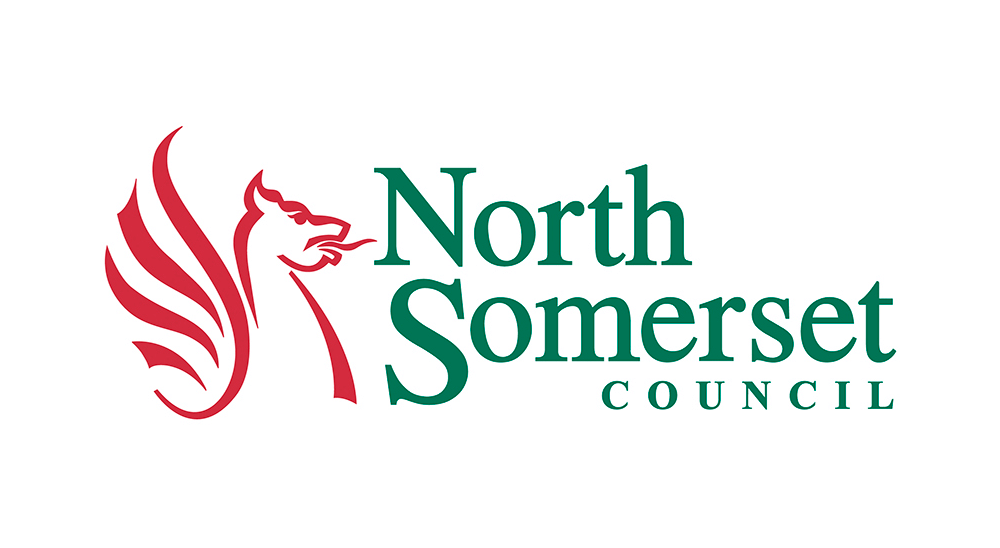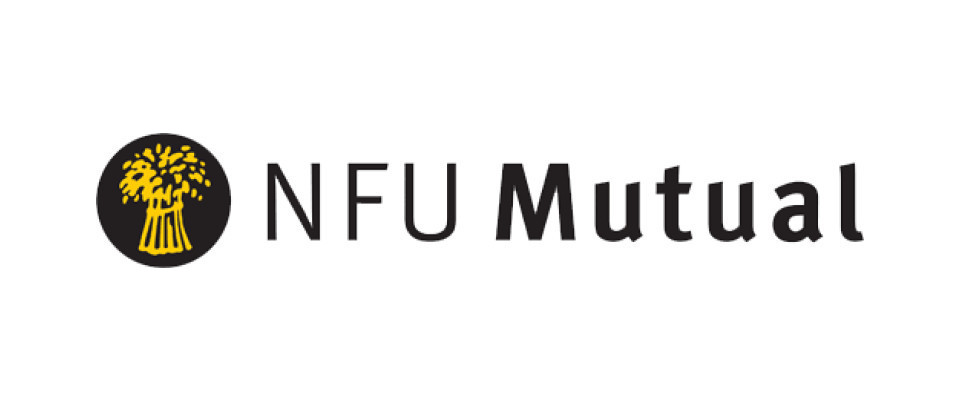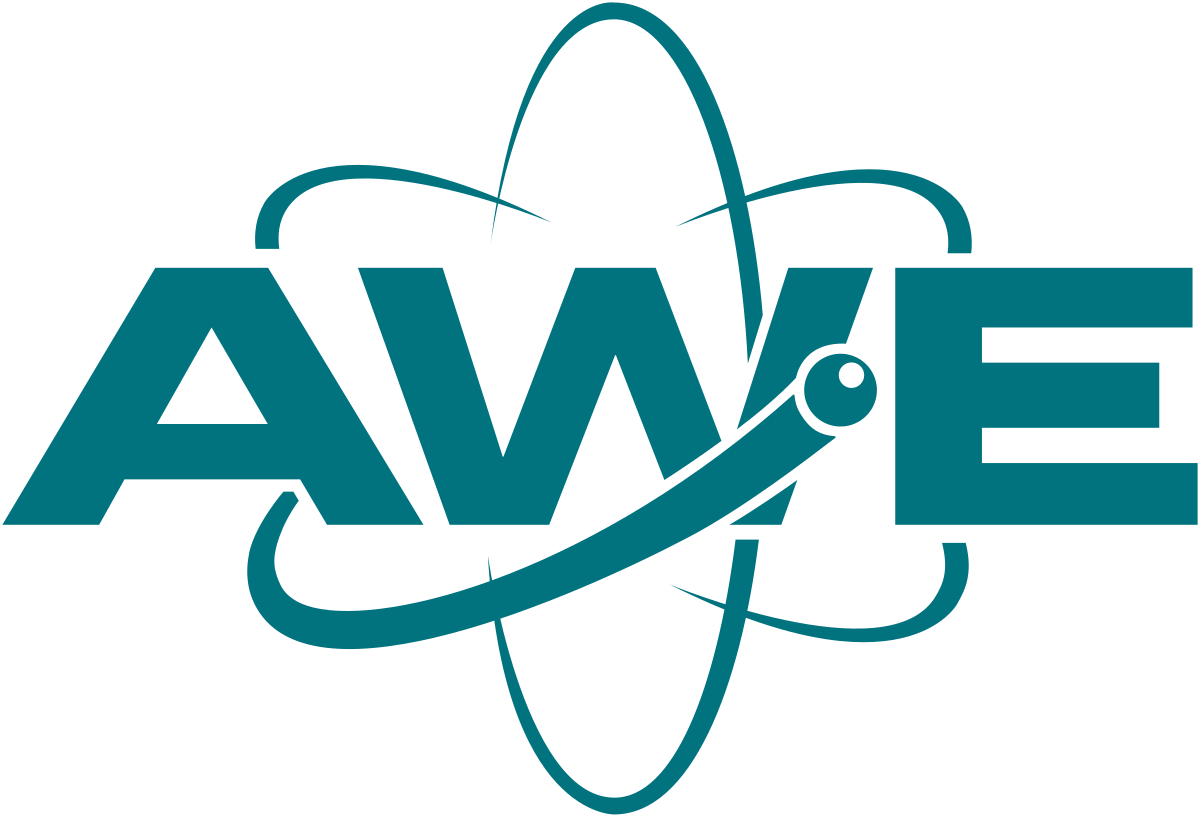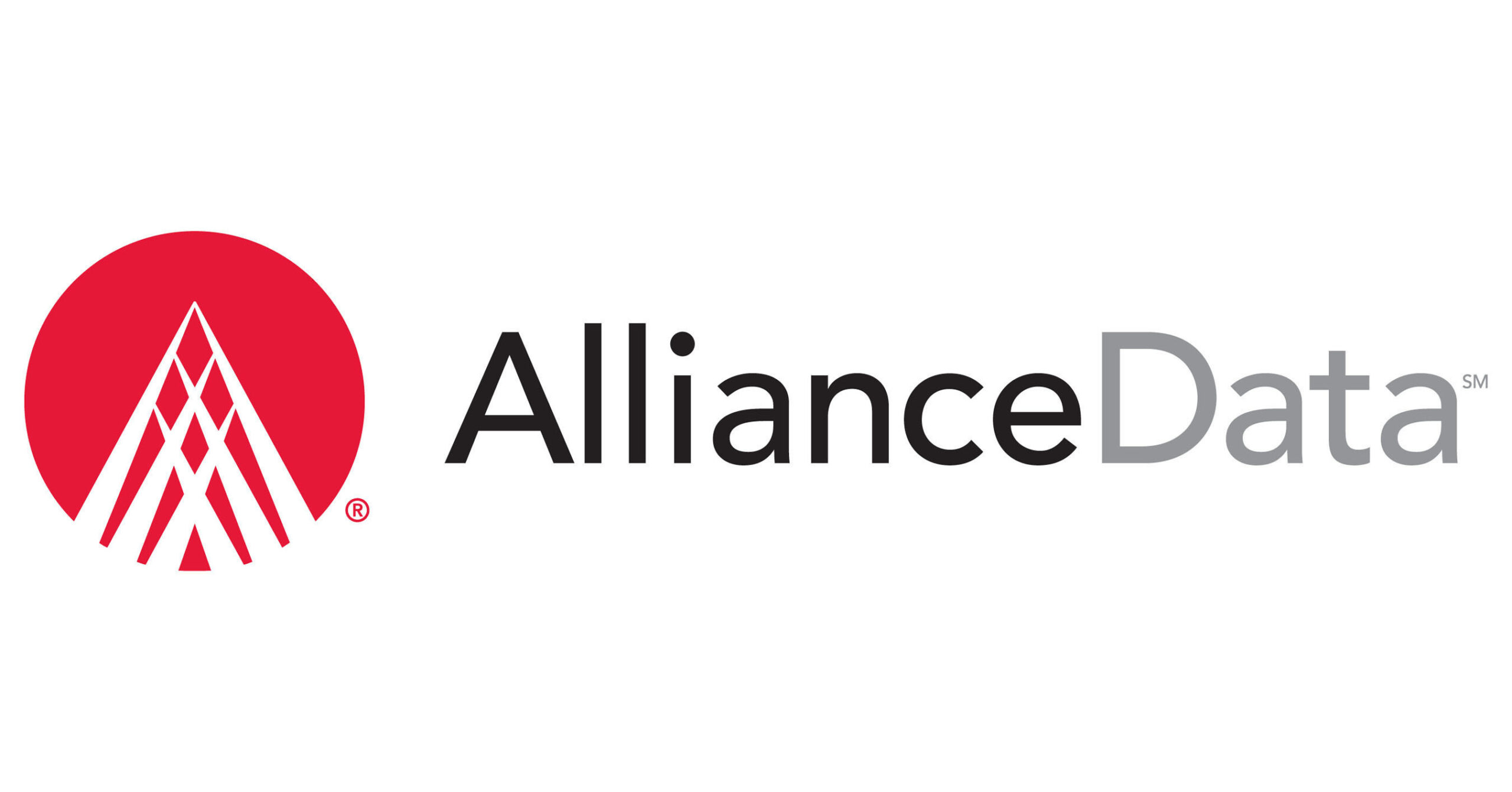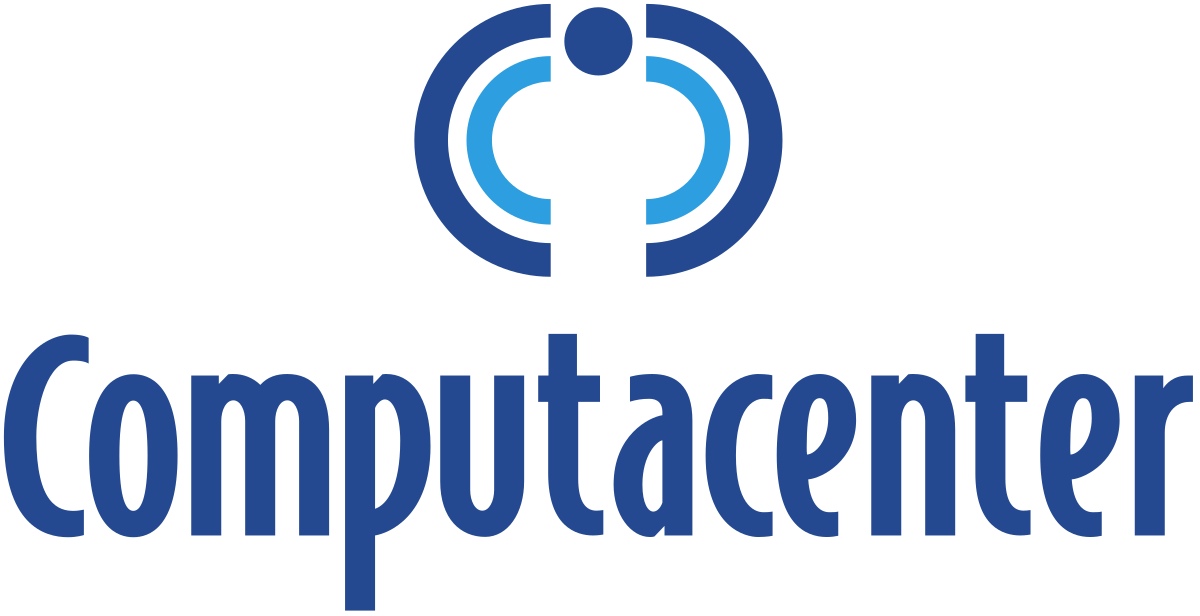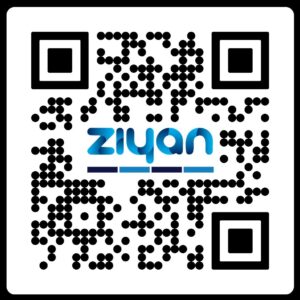We Provide hands-on IT courses
Our practical IT courses with hands-on exercises prepare you for career advancement opportunities. Browse our available courses to enhance your skills.

WINDOWS ADMINISTRATION
Lesson 1: Understanding of Windows OS Kernel
Lesson 2: Installation, Unattended installation, Server management, Admin tools, RSAT
Lesson 3: PowerShell for Windows Server admin & Automation
Lesson 4: Virtualization - Hyper V, VMWare
Lesson 1: TCP/IP OSI Model
Lesson 2: IP Addressing
Lesson 3: Understanding of networking tool & Protocols - DHCP, DNS, VPN, NAS, DFS, IPAM
Lesson 4: Network troubleshooting
Lesson 1: Forest, Child & Active Directory Concepts
Lesson 2: Installing and configuring AD DS
Lesson 3: User Management & Group Policy
Lesson 4: Active Directory Services - AD CS, AD Trust, AD FS
Lesson 5: Security - AD PowerShell & AD security (PAM, Password policies)
Lesson 6: Backup & troubleshooting - AD Recovery, AD troubleshooting and debug.
Lesson 1: Installing and Configuring IIS
Lesson 2: Hosting Websites & Web Apps
Lesson 3: Web Security & Certificates Concepts
Lesson 1: Hyper-V failover Clustering
Lesson 2: Application Clustering - IIS, FS, SQL
Lesson 3: Clustering for Exchange & SharePoint
Lesson 1: Deployment and Management
Lesson 2: Monitoring and Performance Optimization
Lesson 3: Perfmon, Event logs - Performance tuning and Optimization techniques
Lesson 1: Windows firewall and Advanced Security
Lesson2: Auditing and Advanced Security
Lesson 3: Security Monitoring - Review security logs and event logs for suspicious activities
Lesson 4: Security & Access Control - PKI certs & SSL/TLS
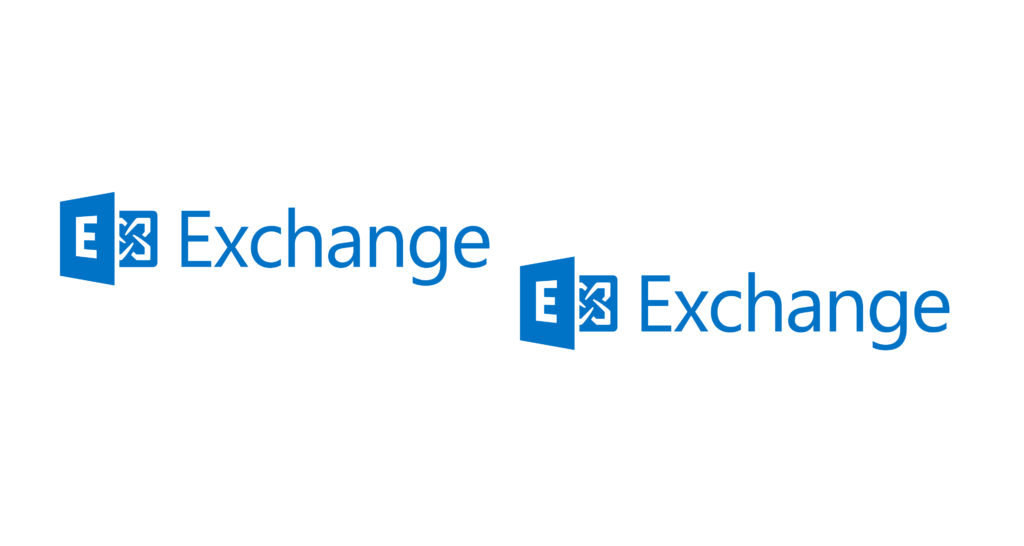
EXCHANGE ADMIN
Lesson 1: Understanding of Exchange Server 2016 Architecture & Components
Lesson 2: Exhange Server 2016 Installation and configuration of Exchange server roles
Lesson 3: Configuring Mailbox databases and public folders
Lesson 4: Managing Mailboxes and recipients
Lesson 5: Exchange Server Client Access Services
Lesson 6: Managing Transport Services, Monitoring and troubleshooting
Lesson 7: Exchange Server High Availability and Disaster Recovery
Lesson 8: Security and Compliance
Lesson 9: Coexistence and Migration
Lesson 1: Creating and managing mailboxes in Exchange Server
Lesson 2: Configuring mailbox database settings
Lesson 3: Understanding recipient types, such as users, contacts, and groups
Lesson 4: Managing recipients: creating, modifying, and deleting recipient objects
Lesson 5: Managing mailbox permissions and access
Lesson 6: Configuring address lists and address book policies
Lesson 7: Understanding and managing mailbox quotas and retention policies
Lesson 8: Managing email address policies and distribution groups
Lesson 1: Introduction to Exchange Server Client Access Services (CAS)
Lesson 2: Understanding the role of CAS in Exchange Server
Lesson 3: Configuring client access protocols, including Outlook Anywhere, Exchange ActiveSync, and RPC over HTTP
Lesson 4: Understanding authentication and authorization mechanisms in Exchange Server
Lesson 5: Configuring SSL certificates and trust relationships
Lesson 6: Implementing secure access to Exchange Server using Virtual Private Networks (VPNs) and Direct Access
Lesson 7: Configuring mobile device access to Exchange Server
Lesson 8: Monitoring and reporting on CAS usage and performance.
Lesson 1: Exchange Server 2016 High Availability & Disaster Recovery
Lesson 2: Exchange Server 2016 Monitoring
and Troubleshooting
Lesson 3: Exchange Server 2016 Security and
Compliance
Lesson 4: Exchange Server 2016 Coexistence
and Migration
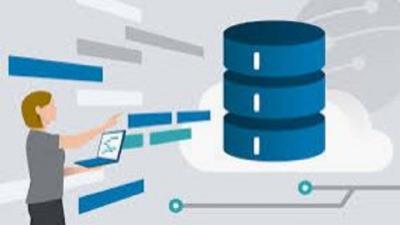
SQL Database Administration
Lesson 1: Definition and purpose of SQL Server 2019/2022
Lesson 2: History of SQL Server
Lesson 3: Benefits of using SQL Server 2019/2022
Lesson 4: Key features of SQL Server 2019/2022
Lesson 5: SQL Server 2019/2022 editions and licensing
Lesson 1: What is a relational database
Lesson 2: Understanding tables and their relationships
Lesson 3: SQL language overview
Lesson 1: Understanding the architecture of SQL Server 2019/2022
Lesson 2: Benefits of using SQL Server
Lesson 3: Editions of SQL Server 2019/2022
Lesson 1: SQL Server Services
Lesson 2: Query Processor
Lesson 3: SQL Server Management Studio (SSMS)
Lesson 4: SQL Server Configuration Manager
Lesson 5: SQL Server Profiler
lesson 6: SQL Server Agent
Lesson 1: Understanding the role of a DBA
Lesson 2: Responsibilities of a DBA
Lesson 3: Tools and resources for DBAs
Lesson 4: Challenges and best practices for DBAs
Lesson 1: Overview of the different system databases of SQL Server
Lesson 2: Master, Model, MSDB, TempDB, Resource
Lesson 1: Prerequisites for installing SQL Server 2019/2022
Lesson 2: Steps to install SQL Server 2019/2022
Lesson 3: Configuration of SQL Server 2019/2022
Lesson 4: Post-installation tasks
Lesson 1: Overview of Analysis Services
Lesson 2: Differences between Tabular and Multidimensional models
Lesson 3: Designing and deploying solutions using Analysis Services
Lesson 1: Overview of SQL Server Reporting Services (SSRS)
Lesson 2: Creating and deploying reports in SSRS
Lesson 3: Best practices for designing reports
Lesson 1: Reasons for migrating to SQL Server 2019/2022
Lesson 2: Upgrading from previous versions to SQL Server 2019/2022
Lesson 3: Tools and resources for migrating to SQL Server 2019/2022
Lesson 1: Understanding high availability concepts
Lesson 2: Always-on availability groups
Lesson 3: Clustering and failover cluster instances
Lesson 4: Database mirroring and log shipping

SharePoint Admin
Lesson 1: Introduction to SharePoint and its features and capabilities.
Lesson 2: Understanding IIS web server and hosting SharePoint sites.
Lesson 3: SharePoint installation, including prerequisites and verification.
Lesson 4: Farm management, including configuration and maintenance.
Lesson 1: Creating and managing web applications and site collections
Lesson 2: Working with web pages and sites, including customizing site navigation.
Lesson 3: Using and managing document libraries and lists.
Lesson4: Creating and using site columns and content types.
Lesson 5: Configuring and using forms libraries.
Lesson 1: Forest, Child & Active Directory Concepts
Lesson 2: Installing and configuring AD DS
Lesson 3: User Management & Group Policy
Lesson 4: Active Directory Services - AD CS, AD Trust, AD FS
Lesson 5: Security - AD PowerShell & AD security (PAM, Password policies)
Lesson 6: Backup & troubleshooting - AD Recovery, AD troubleshooting and debug.
Lesson 1: Introduction to service applications and their architectural framework
Lesson 2: Configuring and using the Search service application, including search schema and search results customization
Lesson 3. Working with the Managed Metadata service application, including creating term sets and using the Term store management tool
Lesson 4: Using the User Profile service application, including configuring profile synchronization and user properties
Lesson 1: High availability and disaster recovery (HA/DR) concepts, including using Microsoft's Failover Clustering and database mirroring
Lesson 2: Setting up and managing backup and restore strategies for SharePoint, including using SQL Server backups and third-party backup tools
Lesson 3: Using SharePoint's reporting features, including the built-in usage analysis and audit reports, and creating custom reports using SQL Server Reporting Services (SSRS)
Lesson 4: Configuring and managing SharePoint security and permissions, including NTLM, Kerberos, ADFS, and other authentication types
Lesson 5: Managing user and group permissions in SharePoint, including managing SharePoint groups and Active Directory groups
Lesson 1: Setting up and managing SQL databases for SharePoint, including installation, configuration, and management
Lesson 2: Using PowerShell for SharePoint administrators to automate tasks and streamline processes
Lesson 3: Troubleshooting common SharePoint issues and performing maintenance tasks
Lesson 4: Installing and configuring enterprise content management tools for SharePoint, including Enterprise Project Management (EPM) and Project Server
Lesson 5: Migrating SharePoint environments, including using native SharePoint migration tools, third-party tools, and leveraging different migration models
Lesson 6: Performing SharePoint patching and upgrades, including understanding the process, identifying requirements, and minimizing downtime.

M365 & O365 ADMINISTRATION and SECURITY FUNDAMENTALS
Lesson 1: Cloud computing models and deployment models
Lesson 2: Virtualization and resource pooling in Microsoft 365
Lesson 3: Understanding Office 365 and M365
Lesson 4: Introduction to Microsoft 365 applications
Lesson 5: Microsoft 365 Licensing and support
Lesson 1: Managing user groups and permissions in Microsoft 365
Lesson 2: User authentication and identity synchronization
Lesson 3: Access management and permissions
Lesson 4: Configuring Privileged Identity Management
Lesson 5: Implementing role-based access control
Lesson 1: Microsoft Teams setup and administration
Lesson 2: SharePoint Online site and content management
Lesson 3: Skype for Business setup and configuration
Lesson 4: OneDrive for Business sync and access management
Lesson 5: OneDrive for Business permissions and access control
Lesson 1: Exchange Online Administration (mailbox configuration, distribution groups, etc.)
Lesson 2: SharePoint Online Administration (site and content management, security and permissions, etc.)
Lesson 3: Skype for Business Administration (client configuration, meeting broadcast, etc.)
Lesson 4:OneDrive for Business Administration (client setup, file sharing, sync client management, etc.)
Lesson 1: Tenant-wide security policies and best practices
Lesson 2: Information protection and data loss prevention
Lesson 3: Azure Information Protection for data protection
Lesson 4: Managing data loss prevention (DLP) policies
Lesson 5: Archiving and retention policies
Lesson 6: Compliance regulations
Lesson 7: Collaborative compliance
Lesson 1: Configuring Microsoft 365 Advanced Threat Analytics
Lesson 2: Defending against zero-day attacks
Lesson 3: Understanding the Microsoft 365 anti-malware and anti-phishing features
Lesson 4: Managing security alerts
Lesson 5: Threat intelligence in Microsoft 365
Lesson 1: Labeling and auto-classification of data
Lesson 2: Defining and enforcing data retention policies
Lesson 3: Rights Management and Encryption
Lesson 4: Azure Rights Management configuration for files and emails
Lesson 5: Using the Data Loss Prevention feature of the Azure Information Protection client
Lesson 6: Setting up Office 365 Message Encryption
Lesson 1: Configuring and monitoring activity policies across all cloud applications
Lesson 2: App discovery and shadow IT detection
Lesson 3: Integration with Microsoft Cloud App Security and Sentinel
Lesson 1: Searching for files and emails in SharePoint and Exchange Online
Lesson 2: Exporting search results for different Microsoft 365 capabilities
Lesson 3: Using the compliance center for content search and investigation
Lesson 4: Indexing and searching your compliance data.
Azure Fundamentals & DevOps
Lesson 1: Understanding cloud computing
Lesson 2: An overview of Microsoft Azure
Lesson 3: Azure tools and technologies
Lesson 4: Azure service models
Lesson 1: Azure Resource Manager (ARM) and its benefits
Lesson 2: Deploying resources using ARM templates
Lesson 3: ARM templates syntax and structure
Lesson 4: Best practices for working with ARM templates
Lesson 1: Azure storage types (blob, table, queue, file)
Lesson 2: Creating and managing storage accounts
Lesson 3: Secure access to Azure Storage
Lesson 4: Implementing Azure Storage replication
Lesson 1: Understanding Azure virtual machines
Lesson 2: Provisioning and configuring Azure VMs
Lesson 3: Using storage with Azure VMs
Lesson 4: Securing Azure VMs
Lesson 1: Overview of Azure App Service
Lesson 2: Container deployment in Azure
Lesson 3: Integrating container services with Azure App Service
Lesson 4: Deploying containerized apps in Azure
Lesson 1: Configuring virtual networks
Lesson 2: Implementing Azure DNS
Lesson 3: Network security groups (NSGs) and their use cases
Lesson 4: Azure load-balancing options
Lesson 1: Overview of Role-Based Access Control (RBAC)
Lesson 2: Managing Azure permissions with RBAC
Lesson 3: RBAC best practices
Lesson 4: Azure Active Directory for identity management
Lesson 1: Azure Cost Management
Lesson 2: Tagging and cost allocation
Lesson 3: Subscription access management
Lesson 4: Azure Advisor for optimizing Azure resources
Lesson 1: Overview of Azure Resource Manager (ARM)
Lesson 2: Deploying infrastructure with ARM
Lesson 3: Best practices for working with ARM templates
Lesson 4: Debugging ARM templates
Lesson 1: Overview of Azure Active Directory (AAD)
Lesson 2: AAD features and benefits
Lesson 3: Creating and managing AAD tenants
Lesson 4: Integrating with other identity providers
Lesson 1: Azure Monitor for logging and metrics
Lesson 2: Monitoring Azure VMs with Log Analytics
Lesson 3: Azure Monitor for containers
Lesson 4: Application Insights for monitoring Azure applications
Lesson 1: Planning and designing Azure infrastructure
Lesson 2: Provisioning infrastructure using Azure CLI and Azure PowerShell
Lesson 3: Azure networks and network security
Lesson 4: Implementing disaster recovery in Azure
Lesson 1: Overview of software version control
Lesson 2: Git fundamentals
Lesson 3: Integration of Git with Azure DevOps
Lesson 4: Branching strategies for source control
Lesson 1: Overview of Azure DevOps
Lesson 2: Git integration with Azure Repos
Lesson 3: Repo management in Azure DevOps
Lesson 4: Git branching and merging
Lesson 1: An overview of Azure Pipelines
Lesson 2: Creating and configuring pipelines
Lesson 3: Working with agents and jobs
Lesson 4: Using variables in pipelines
Lesson 1: An overview of Azure Boards
Lesson 2: Creating backlogs and work items
Lesson 3: Planning sprints and iterations
Lesson 4: Managing tests and test plans
Lesson 1: Overview of Terraform
Lesson 2: Terraform providers
Lesson 3: Creating and managing infrastructure using Terraform
Lesson 4: Creating reusable modules
Lesson 1: Overview of containers and Docker
Lesson 2: Working with Docker images
Lesson 3: Running containers in Azure
Lesson 4: Docker swarm and networking
Lesson 1: Orchestrating applications with Kubernetes
Lesson 2: Overview of Kubernetes
Lesson 3: Kubernetes architecture
Lesson 4: Deploying and managing applications with Kubernetes - Kubernetes networking
Lesson 1: An overview of popular DevOps tools
Lesson 2: Advantages and disadvantages of each tool
Lesson 3: Using tools in integration and delivery pipeline
Lesson 4: Integration with Azure DevOps
Lesson 1: Overview of Azure CDN
Lesson 2: Configuring and using Azure CDN
Lesson 3: Azure CDN security
Lesson4: Using Azure CDN with other Azure services
Lesson 1: Overview of Kubernetes
Lesson 2: Kubernetes architecture
Lesson 3: Deploying and managing applications with Kubernetes
Lesson 4: Kubernetes networking



